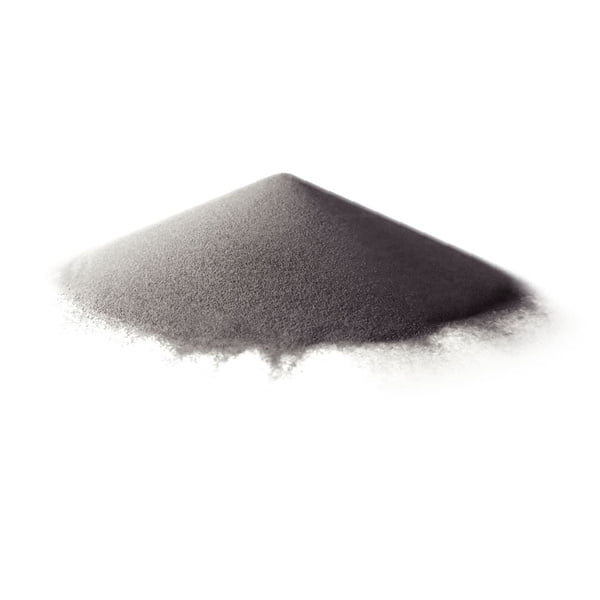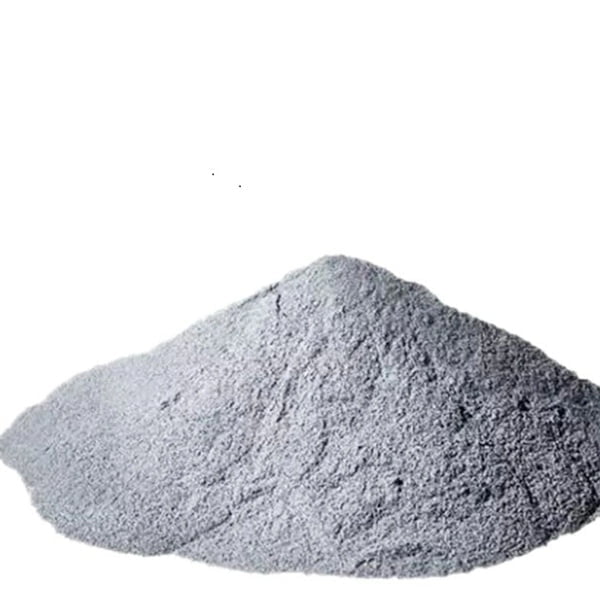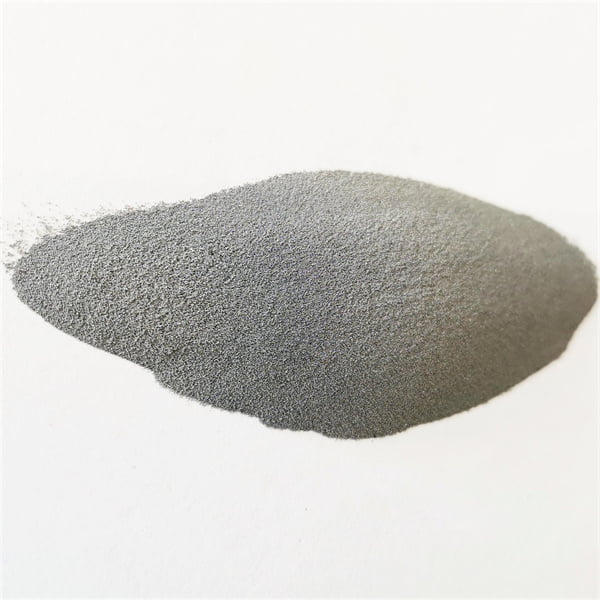Diamonds, the epitome of brilliance and hardness, have captivated humanity for centuries. But these precious stones are notoriously difficult to join together. Enter CuSn20 podwer, a revolutionary metal alloy that’s changing the game for diamond welders.
This article delves deep into the world of CuSn20 powder, exploring its properties, applications, advantages, limitations, and various suppliers. We’ll equip you with the knowledge to determine if CuSn20 powder is the perfect fit for your diamond welding needs.
CuSn20 powder: Composition and Properties
CuSn20 powder, also known as copper-tin or bronze powder, is a metal alloy meticulously crafted for its unique properties. As the name suggests, the primary components are copper (Cu) and tin (Sn), typically in a ratio of 80% copper to 20% tin. This specific composition unlocks a treasure trove of advantages, making CuSn20 powder a highly sought-after material in diamond welding.
Here’s a table summarizing the key characteristics of CuSn20 powder:
| Property | Description |
|---|---|
| Composition | 80% Copper (Cu), 20% Tin (Sn) |
| Color | Reddish-brown |
| Melting Point | Approximately 830°C (1526°F) |
| Electrical Conductivity | High |
| Thermal Conductivity | Good |
| Hardness | Moderate |
| Ductility | Good |
| Brittleness | Low |
| Oxidation Resistance | Excellent |

Why CuSn20 Powder Reigns Supreme
CuSn2 other diamond welding materials like silver solder. Let’s delve into the factors that make CuSn20 powder stand out:
- Superior Melting Point: The high melting point of CuSn20 powder (around 830°C) ensures it can withstand the intense heat required for diamond welding without melting prematurely. This is crucial for creating strong, reliable welds.
- Excellent Electrical Conductivity: Diamonds are excellent conductors of electricity. CuSn20 powder, with its high electrical conductivity, helps maintain this property in the welded joint. This is particularly important for applications where electrical conductivity is vital, such as in diamond heat sinks or electronic components.
- Optimal Thermal Conductivity: Efficient heat dissipation is paramount in diamond welding to prevent damage to the delicate stones. CuSn20 powder boasts good thermal conductivity, ensuring heat is effectively transferred away from the weld zone, safeguarding the diamonds.
- Workability: Unlike some other welding materials, CuSn20 powder offers good ductility, making it easier to manipulate and shape during the welding process. This translates to greater precision and control for the welder.
- Oxidation Resistance: Diamond welding often involves high temperatures, which can lead to oxidation. CuSn20 powder’s exceptional resistance to oxidation prevents the formation of unwanted oxides that could compromise the strength and integrity of the weld.
Applications of CuSn20 powder
CuSn20 powder isn’t a one-trick pony. Its versatility extends to a wide range of diamond welding applications:
- Jewelry Manufacturing: From crafting exquisite diamond-encrusted rings to creating intricate diamond settings, CuSn20 powder is a jeweler’s best friend. It allows for precise and robust welds, ensuring the diamonds remain securely fastened for years to come.
- Electronics: Diamonds, with their remarkable thermal conductivity, are finding increasing use in electronics for heat dissipation purposes. CuSn20 powder plays a vital role in welding diamond heat sinks and other electronic components, maintaining optimal thermal performance.
- Industrial Applications: Diamonds’ exceptional hardness makes them ideal for cutting tools and other industrial applications. CuSn20 powder facilitates the welding of diamond grits onto tools, creating long-lasting and high-performing industrial equipment.
- Geological Research: Geologists often utilize diamond core bits for drilling and sample extraction. CuSn20 powder proves invaluable for welding diamonds onto these bits, ensuring they retain their cutting edge and effectiveness.
Popular CuSn20 Powder Models
With the growing demand for CuSn20 powder, several manufacturers have emerged, each offering their own take on this remarkable material. Here’s a glimpse into some of the most popular CuSn20 powder models:
- Höganäs AM inoxid 925 (Sweden): This model boasts exceptional purity and a tightly controlled particle size distribution, making it ideal for demanding applications that require high precision and consistent results.
- Sandvik Osprey CuSn20 (Sweden): Renowned for its excellent flowability and packing density, Sandvik Osprey CuSn20 powder minimizes wastage during the welding process and ensures smooth application.
- Carpenter® CTP-20 (USA): This American-made CuSn20 powder is known for its consistent quality and reliable performance. It’s a popular choice for a wide range of diamond welding applications.
- Metalpulver® CP20 (Germany): Offering a cost-effective option, Metalpulver® CP20 powder maintains good welding characteristics while being budget-friendly.
- Nihon Superior Electro Refining Co., Ltd. NS-CuSn20 (Japan): This Japanese model prioritizes environmental sustainability. NS-CuSn20 powder is manufactured with a focus on minimizing environmental impact, making it a great choice for eco-conscious diamond welders.
- AMETEK® Starck AMPC™ CuSn20 (Germany): Engineered for optimal laser welding, AMPC™ CuSn20 powder boasts superior laser absorption properties, leading to more efficient and precise welds when using laser welding techniques.
- Adamas Powders Ltd. CuSn20 (Israel): This Israeli CuSn20 powder is specifically designed for diamond tool welding applications. It offers a good balance between strength, ductility, and oxidation resistance, ideal for creating durable and long-lasting diamond tools.
- Elementum Specialty Materials Niagara™ 20 (USA): This American model caters to applications requiring a finer particle size. Niagara™ 20 powder allows for intricate and detailed welds, perfect for delicate diamond work.
- Anhui EM Company AE CuSn20 (China): A cost-competitive option from China, AE CuSn20 powder offers a balance between affordability and acceptable welding performance.
- Merck Millipore Calgon Carbon Novamet™ CuSn20 (USA): Backed by a renowned brand, Novamet™ CuSn20 powder prioritizes consistent quality and reliable performance. It’s a popular choice for demanding applications where consistent results are crucial.






Understanding the Limitations of CuSn20 Powder
While CuSn20 powder shines in many aspects, it’s essential to acknowledge its limitations:
- Brittle at Low Temperatures: Although CuSn20 powder exhibits good overall ductility, it can become brittle at very low temperatures. This needs to be considered when welding diamonds for applications exposed to extreme cold.
- Color Mismatch: The reddish-brown color of CuSn20 powder might not be aesthetically pleasing for certain jewelry applications where a more discreet weld is desired. In such cases, alternative welding materials might be a better fit.
- Health and Safety Precautions: As with any metal powder, CuSn20 powder can pose inhalation risks. Proper ventilation and safety equipment are crucial during handling and welding processes.
Specifications, Sizes, Grades & Suppliers
Choosing the right CuSn20 powder for your project requires considering various factors. Here’s a breakdown to guide your selection process:
| Specification | Description | Considerations |
|---|---|---|
| Particle Size | Ranges typically from 10 to 150 microns | Finer particle sizes offer better precision but might be less flowable. Coarser particles provide improved flowability but may not be suitable for intricate welds. |
| Sphericity | Refers to the roundness of the powder particles | More spherical particles tend to flow better and pack more densely, leading to more consistent welds. |
| Purity | The percentage of copper and tin in the powder | Higher purity levels generally translate to better performance but might come at a higher cost. |
| Flowability | How easily the powder flows | Good flowability is essential for even application during welding. |
| Packing Density | The amount of powder that can be packed into a specific volume | Higher packing density typically results in stronger welds. |
Size and Grade Considerations
CuSn20 powder is typically available in a range of sizes, commonly between 10 and 150 microns. The choice of size depends on the desired level of precision and the specific application. For instance, finer particles (around 10-20 microns) are ideal for intricate jewelry work, while coarser particles (around 100-150 microns) might be suitable for industrial diamond tool welding.
Similarly, CuSn20 powder can come in various grades, often denoted by numbers or letters. These grades may indicate slight variations in composition, particle size distribution, or flowability characteristics. Consulting the manufacturer’s specifications and recommendations is vital to ensure you select the appropriate grade for your needs.
CuSn20 Powder Suppliers
With CuSn20 powder gaining traction, numerous suppliers have emerged across the globe. Here’s a table listing some prominent suppliers and their estimated pricing ranges (per kilogram):
| Supplier | Location | Estimated Price Range (USD/kg) |
|---|---|---|
| Höganäs AB | Sweden | $50 – $100 |
| Sandvik Materials Technology | Sweden | $40 – $80 |
| Carpenter Additive Manufacturing | USA | $60 – $100 |
| Metalpulver GmbH | Germany | $30 – $50 |
| Nihon Superior Electro Refining Co., Ltd. | Japan | $45 – $75 |
| AMETEK® Inc. | Germany | $60 – $90 |
| Adamas Powders Ltd. | Israel | $55 – $85 |
| Elementum Specialty Materials LLC | USA | $40 – $70 |
| Anhui EM Company | China | $25 – $45 |
| Merck MilliporeSigma | USA | $50 – $80 |
Pricing Disclaimer: It’s important to note that these prices are estimates and can vary depending on factors like order quantity, specific product grade, and market fluctuations. Always consult with the supplier for the most accurate pricing information.

the Pros and Cons of CuSn20 Powder
Advantages:
- High Melting Point: Ensures welds can withstand the heat required for diamond welding.
- Excellent Electrical & Thermal Conductivity: Maintains these properties in the welded joint, crucial for diamond heat sinks and electronic components.
- Good Workability: Enables precise manipulation and control during welding.
- Exceptional Oxidation Resistance: Prevents formation of unwanted oxides that could compromise weld strength.
- Versatility: Applicable in various diamond welding applications like jewelry, electronics, industrial tools, and geological research.
Disadvantages:
- Brittle at Low Temperatures: Not ideal for applications exposed to extreme cold.
- Color Mismatch: Reddish-brown color might be undesirable for certain jewelry applications.
- Health and Safety Concerns: Proper ventilation and safety measures are crucial during handling and welding.
FAQ
| Question | Answer |
|---|---|
| What is CuSn20 powder? | CuSn20 powder is a metal alloy composed of 80% copper and 20% tin, specifically formulated for diamond welding applications. |
| What are the benefits of using CuSn20 powder for diamond welding? | CuSn20 powder offers a high melting point, excellent electrical and thermal conductivity, good workability, and exceptional oxidation resistance, making it a strong and reliable choice for diamond welding. |
| What are some applications of CuSn20 powder? | CuSn20 powder finds use in various diamond welding applications, including jewelry manufacturing, electronics, industrial diamond tools, and geological research. |
| What are the different factors to consider when choosing CuSn20 powder? | Particle size, sphericity, purity, flowability, packing density, size, and grade are all crucial factors to consider when selecting CuSn20 powder for your specific needs. |
| Where can I buy CuSn20 powder? | Numerous suppliers worldwide offer CuSn20 powder. The table above lists some prominent suppliers and estimated pricing ranges. |
| Are there any safety precautions to take when handling CuSn20 powder? | Yes, CuSn20 powder can pose inhalation risks. Proper ventilation and the use of appropriate safety equipment like respirators are essential during handling and welding processes. |
About 3DP mETAL
Product Category
CONTACT US
Any questions? Send us a message now! After receiving your message, we will process your request with a whole team.
